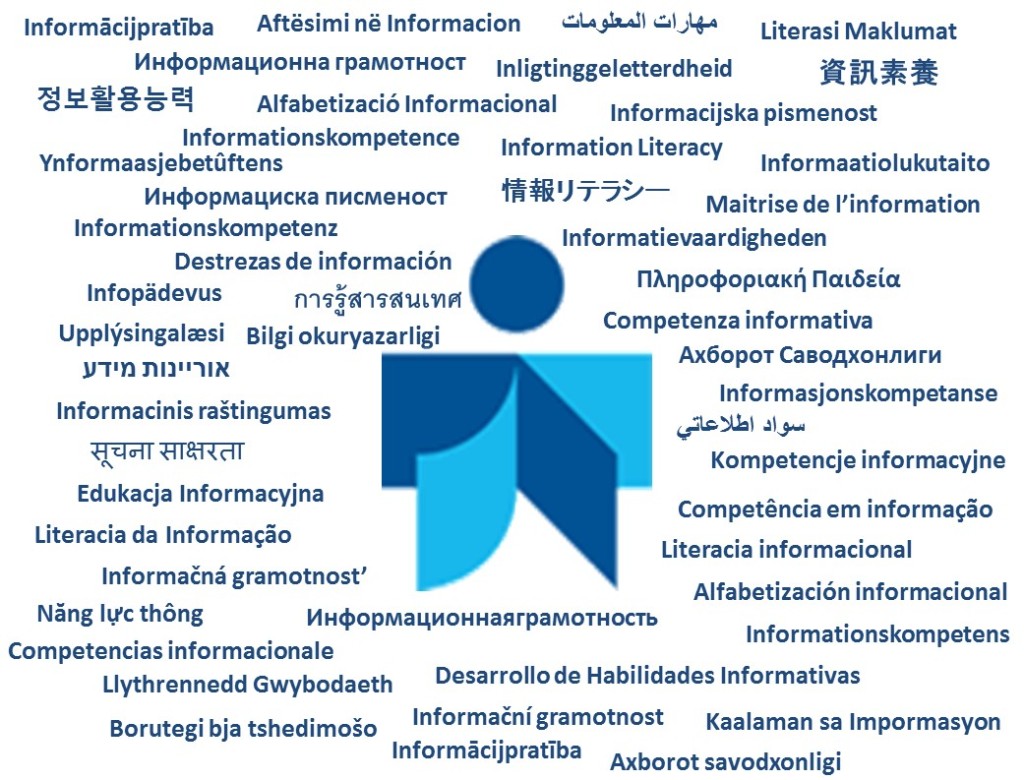Garofalo, V. (2017). How to Avoid Plagiarism: In 5 Easy Steps. https://www.youtube.com/watch?v=UsFcU1PH_8E
Garofalo, V. (2017). How to Avoid Plagiarism: In 5 Easy Steps. https://www.youtube.com/watch?v=UsFcU1PH_8E
Hermana Glenda
A simple and useful video with MLA formatting basics:
Works Cited: Quick Guide
https://style.mla.org/works-cited-a-quick-guide/

MLA 8th edition format establish a rules to write a essay using the same recommendations to each document, I adapted a guide to 7th – 10th grade EAVIA’s students.
Use the citations to avoid plagiarism and present the Works Cited. Practice with the worksheet above.
Ask your librarian for help using the the comments space or the e-mail: caracevedo@aguadilla.inter.edu of Jupiter Ed account.
Follow the instructions and success in your task.













7th-12th grade workshop
Parts of a book:
Adapted by Mrs. CA Acevedo from: Different parts of the book and their meaning. https://bestbooksandauthors.wordpress.com/2013/08/08/different-parts-of-the-books-and-their-meaning-best-selling-books/
A curious meaning:
THERE’S A WORD FOR THIS?! The etymology of the word is hard to pin down, but most claim it to be a made up of its Latin parts: Liber, meaning book, and cubiculum, meaning bedroom. It was first used, it is thought, in 1921 by Christopher Morley in his book, Haunted Bookshop. It also appears to have been an answer to a question in the 1981 genius edition of Trivial Pursuit. (Tara Curley,2014)
Infographic by gosiarisuje.pl


https://www.nasa.gov/open/researchaccess
«NASA has developed an agency plan, and associated policy, outlining a framework for activities to increase public access to scientific publications and digital scientific data resulting from NASA-funded research.»
En la actualidad la cantidad de información que encotramos en el Internet es inmensa nos toca poder decidir cúal es la necesaria, por esta razón debemos aprender a evaluarla y ser asertivos.
La siguiente presentación y video le ayudará para poder lograr ser ciudadanos digitales responsables y obtener el máximo provecho de los recursos encontrados en la red.
Today the amount of information that we find on the Internet is immense, we have to decide which is necessary, for this reason we must learn to evaluate it and be assertive. The following presentation and video will help you to become responsible digital citizens and get the most out of the resources found on the web.